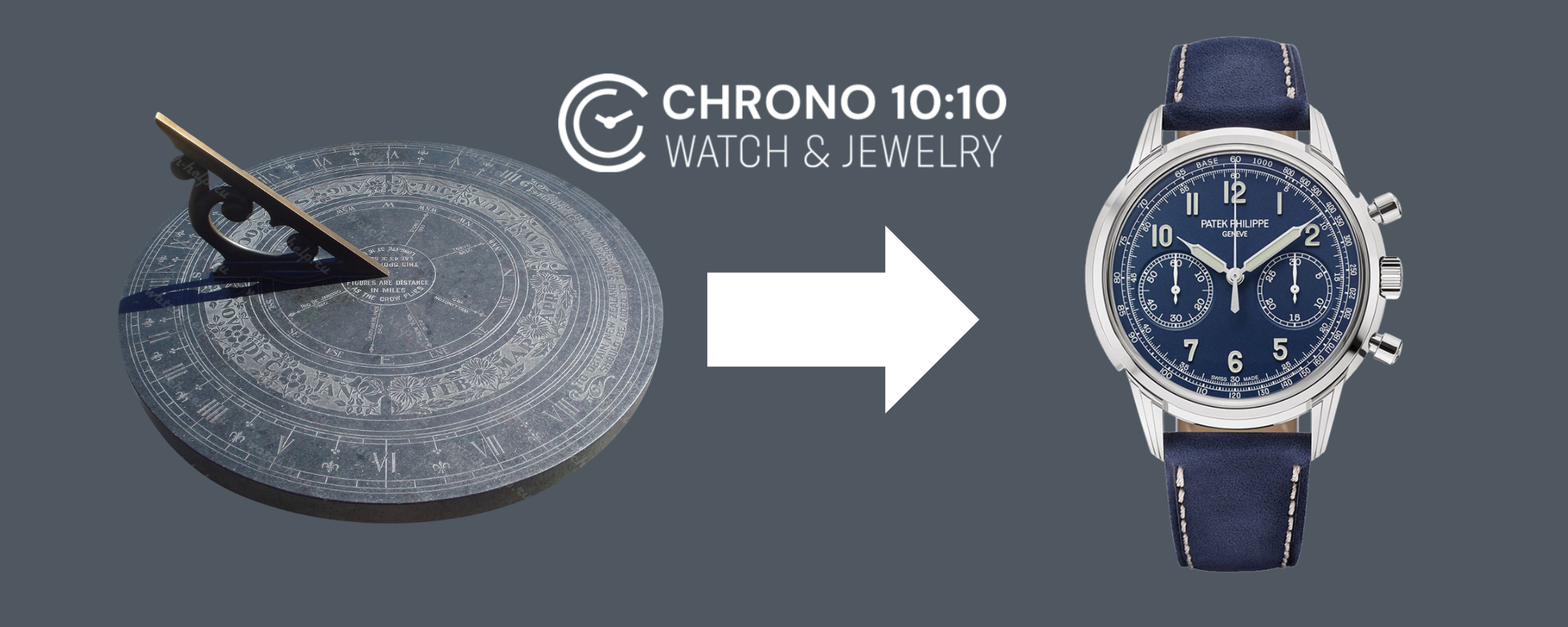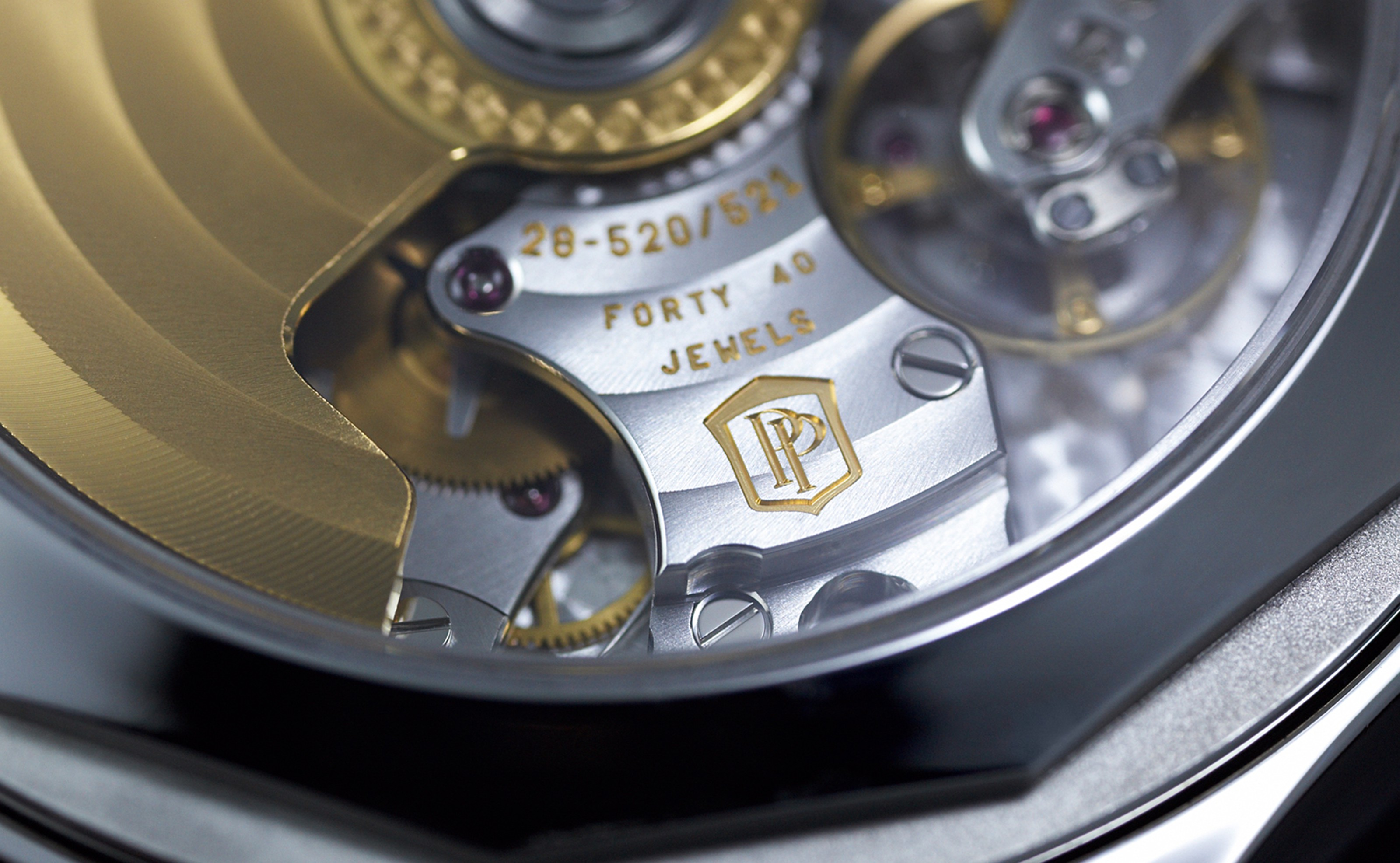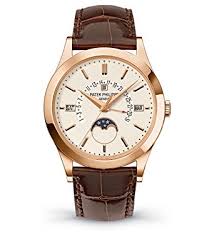The history of timekeeping can be divided into two major eras. The first dates back to primitive times, when people used natural phenomena to tell the time — creating sundials, water clocks, hourglasses, and even “living” plant clocks. The concept of the “hour” first emerged in Ancient Greece, where the day was divided into 12 parts, while Ancient Egypt divided the full day into 24 hours🏛
The second era begins in the 17th century with Galileo Galilei's invention of the pendulum mechanism. However, the first mechanical clocks appeared earlier, in 13th-century Europe. By the end of the 15th century, clocks had become a staple of daily life.
⌚ From Pocket to Wrist
Wristwatches weren’t "invented" — they evolved from pocket watches. The first wristwatch is believed to be a bracelet given to Queen Elizabeth I in 1571. Major innovations followed:
🔹 Mainspring (Christiaan Huygens, 1659)
🔹 Second hand (introduced in 1780)
🔹 Jewels as bearings
🔹 Chronograph (Breitling, 1913)
🔹 Automatic winding (developed by Breguet)
🏭 The Industrial Revolution
The 18th–19th centuries brought industrialization: workshops turned into factories, railroads spread, and watches became more affordable. Standardized time zones emerged.
⚔ War as an Accelerator
World War I led to mass wristwatch production. Watches gained fixed lugs, luminous numerals, and practical crown placement. By the end of the war, wristwatches looked much like modern ones.
World War II cemented the status of wristwatches as essential tools. Swiss brands surpassed their British, French, and German rivals.
💎 Prestige and the Future
Even the quartz crisis of the 1970s didn’t break the industry. Mechanical watches became symbols of taste, status, and craftsmanship. Today, despite digital gadgets, billions still wear wristwatches — and some even explore atomic timekeeping⌚



